
Video
Grades: 4 8
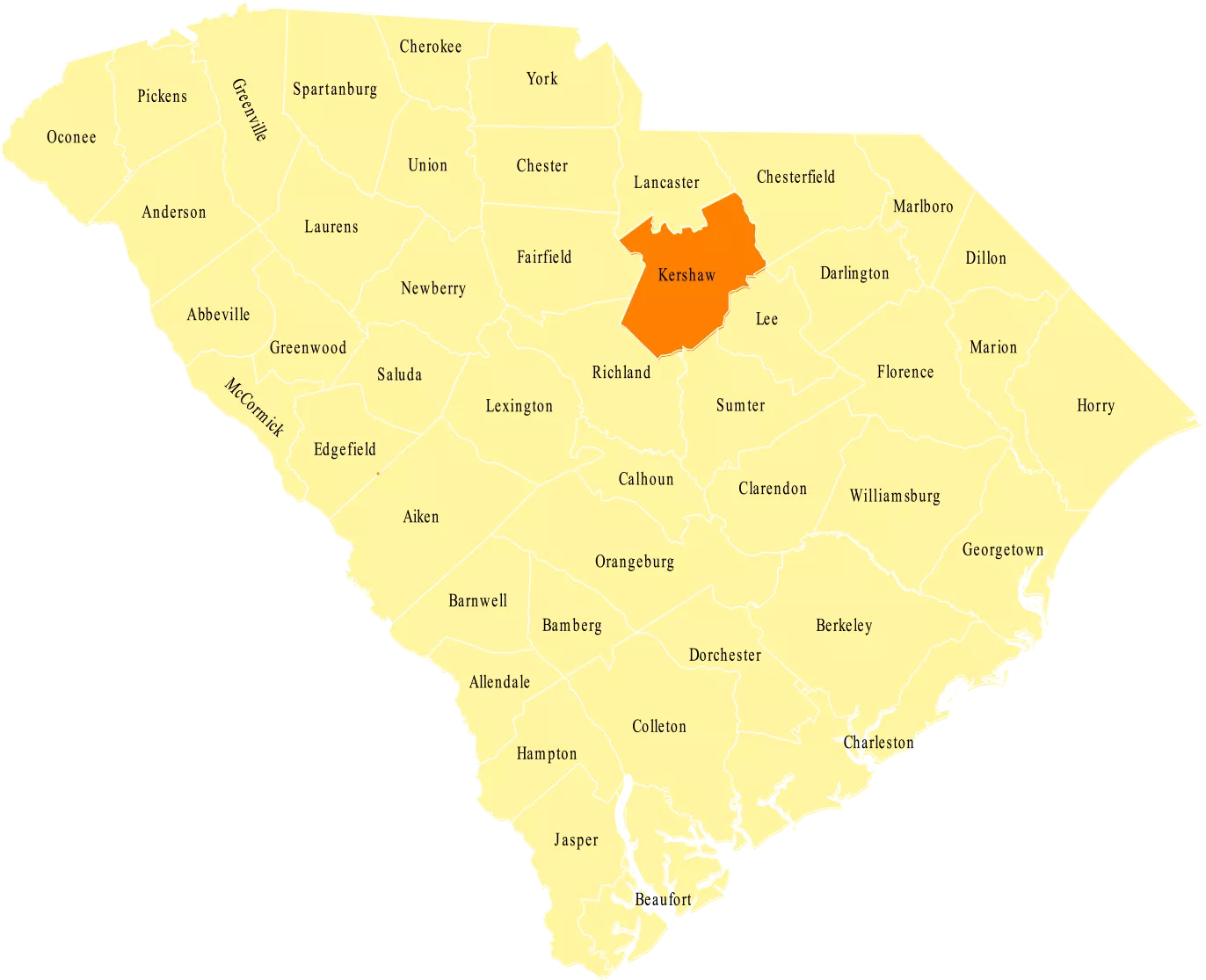
In 1732, the area now known as Kershaw County was settled by English farmers and traders from Charleston. The county emerged in 1791 out of lands from Richland, Claremont, Lancaster, and Fairfield counties. The county’s namesake, Joseph Kershaw, was an early settler in the area.
Kershaw County played a critical role in wars that shaped this nation. During the Revolutionary War, the British took over Camden, the county seat, for over a year beginning in 1780. A number of Revolutionary War battles also occurred in the county, most notably the battle of Camden and the Battle Hobkirk Hill. An event known as Revolutionary War Field Days takes place annually to honor the county’s role in the United States’ fight for independence.
General Sherman burned Camden during the Civil War. Many of the most notable Kershaw County locals lived during this period in history. Six Confederate generals called this county home. Mary Boykin Miller Chesnut, whose diary-style account of the Civil War, Mary Chesnut’s Civil War, “is generally acknowledged today as the finest literary work of the Confederacy,” was also a Kershaw County local.
Today, Kershaw County is known as an important equestrian area. The Carolina Cup International Steeplechase Races occur in Camden every year. The National Steeplechase Museum, the only museum of its kind in North America, also exists in Kershaw County. The area also offers recreational opportunities via Lake Wateree and a thriving Antique and Arts District in Camden.
SOURCES: History of Kershaw County. Accessed June 06, 2016. Mary Boykin Miller Chesnut. Accessed June 06, 2016.

Video
Grades: 4 8
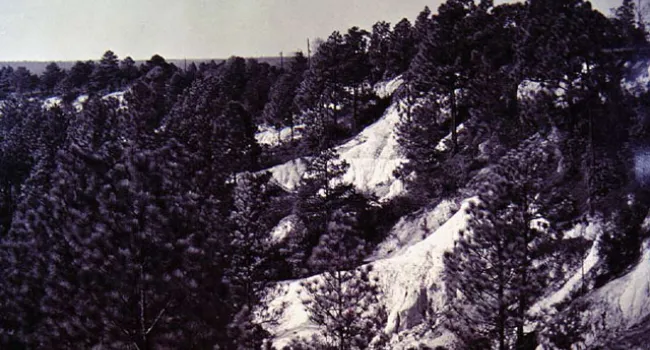
Photo
Grades: 1 3
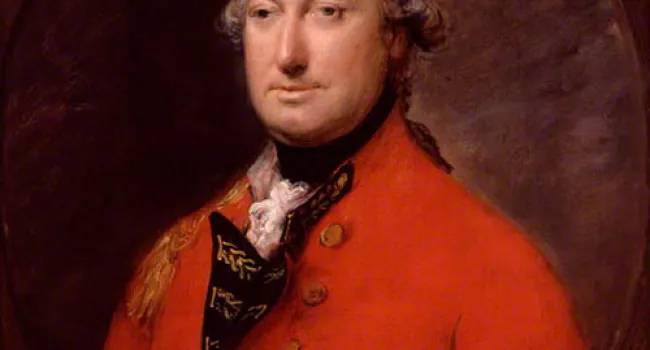
Photo
Grades: 4 8

Photo
Grades: 4 8

Photo
Grades: 4 8

Video
Grades: 4 8
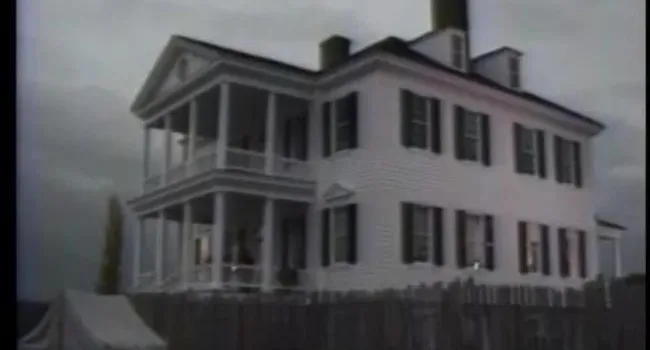
Video
Grades: 4 8
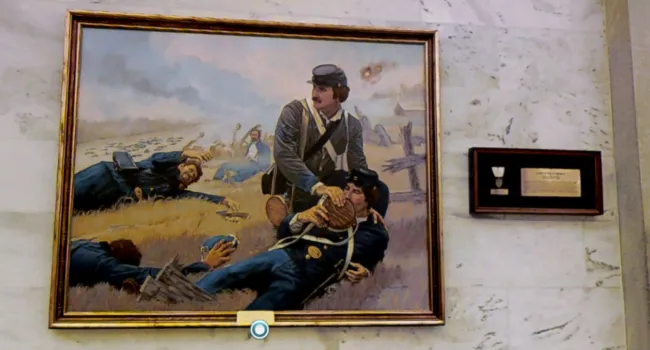
Photo
Grades: 3 4 5 6 7 8 9 10 11 12
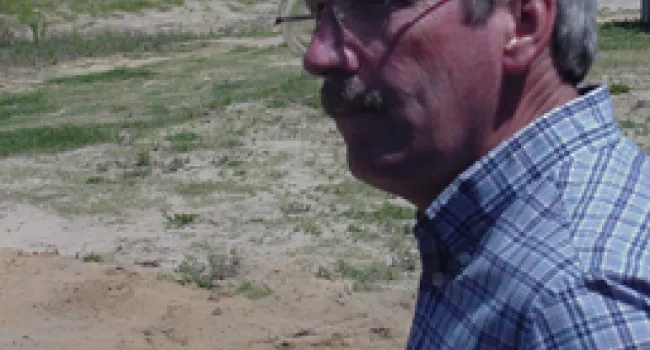
Photo
Grades: Higher Education

Audio
Grades: Higher Education
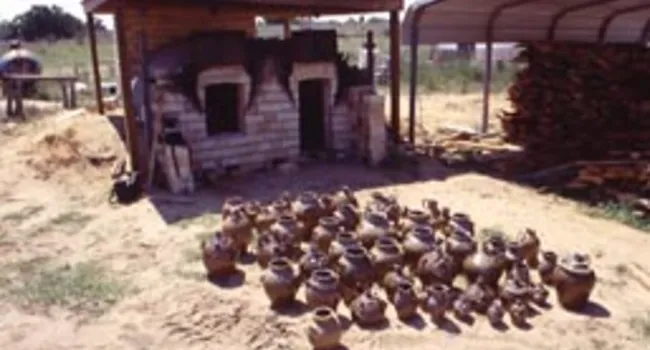
Audio
Grades: Higher Education

Audio
Grades: Higher Education
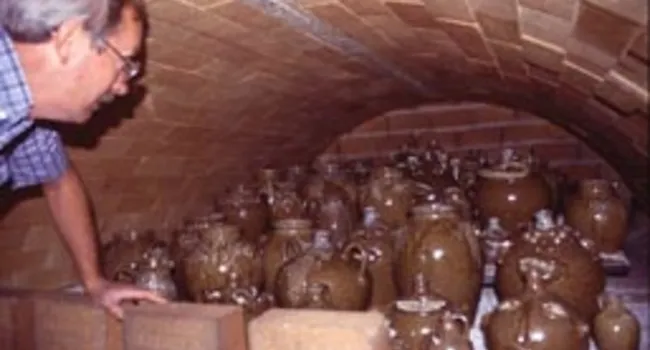
Audio
Grades: Higher Education

Photo
Grades: Higher Education

Audio
Grades: Higher Education
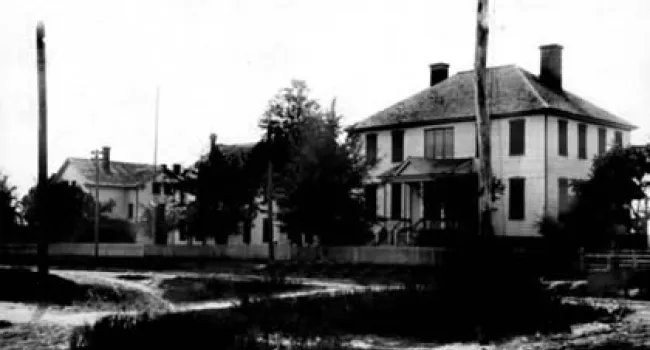
Photo
Grades: 6 7 8 9 10 11 12
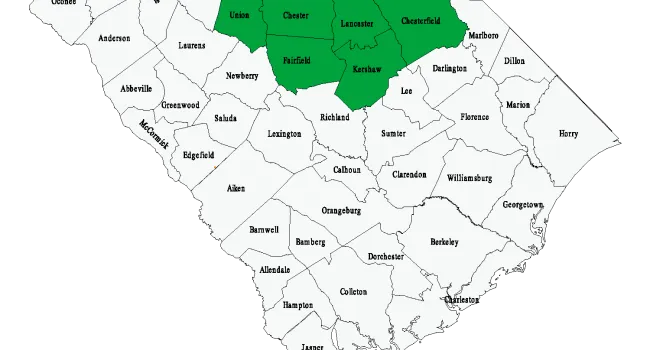
Photo
Grades: 6 7 8
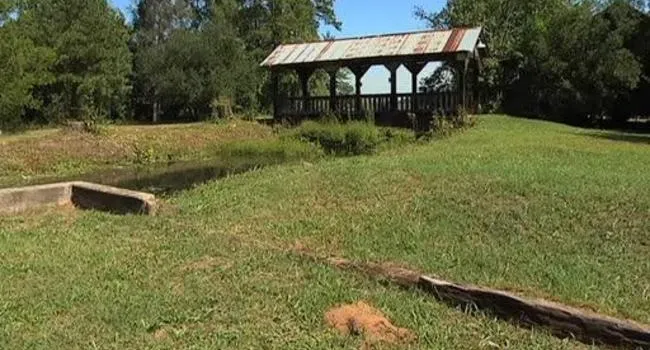
Video
Grades: 3 4 5 6 7 8 9 10 11 12
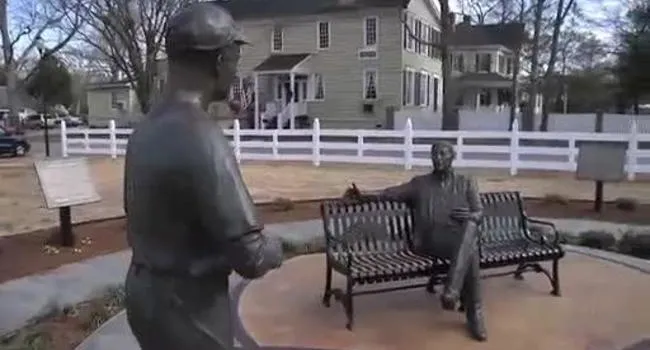
Video
Grades: 3 4 5 6 7 8 9 10 11 12
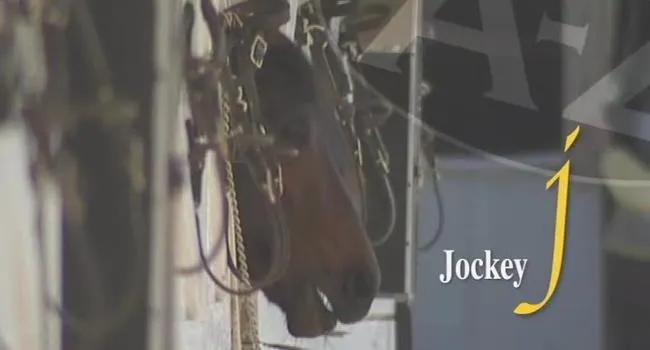
Video
Grades: 1 2 3 4 5 6 7 8 9

Video
Grades: 6 7 8 9 10 11 12

Video
Grades: 6 7 8 9 10 11 12

Video
Grades: 6 7 8 9 10 11 12
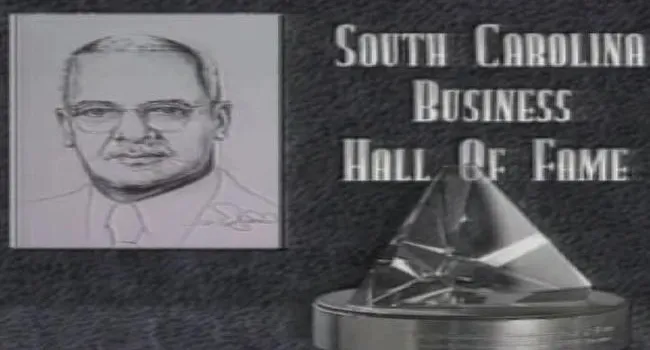
Video
Grades: 6 7 8 9 10 11 12